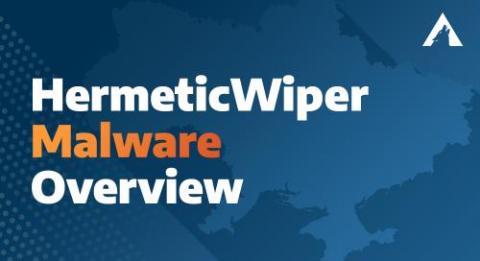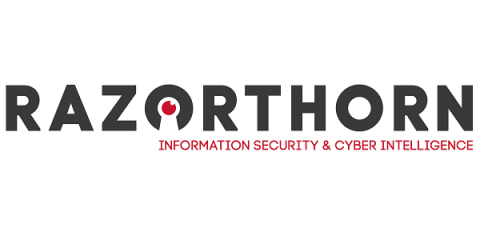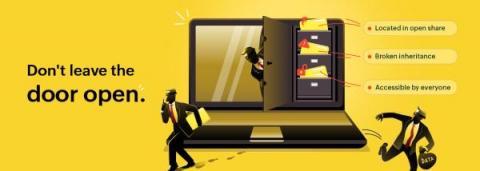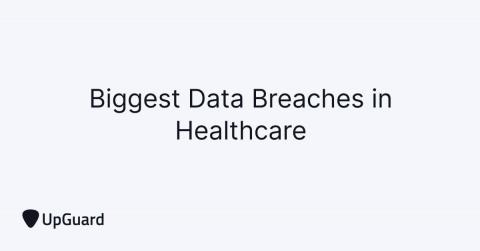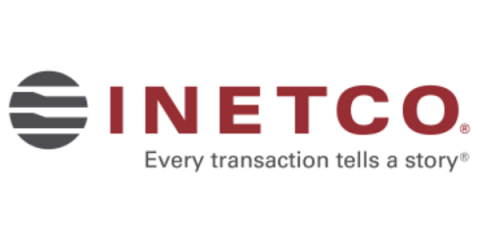Underground Forums: Tactics used by cybercriminals to restrict access
Data breaches are increasing in frequency and severity. Following a data breach, most companies have protocols in place to contain the breach, assess the damage, and tighten their security to ensure the incident is not repeated. While this is a standard process for organizations to go through, would you be surprised to learn that cybercriminals do the exact same thing when their underground forums are revealed or exploited?




